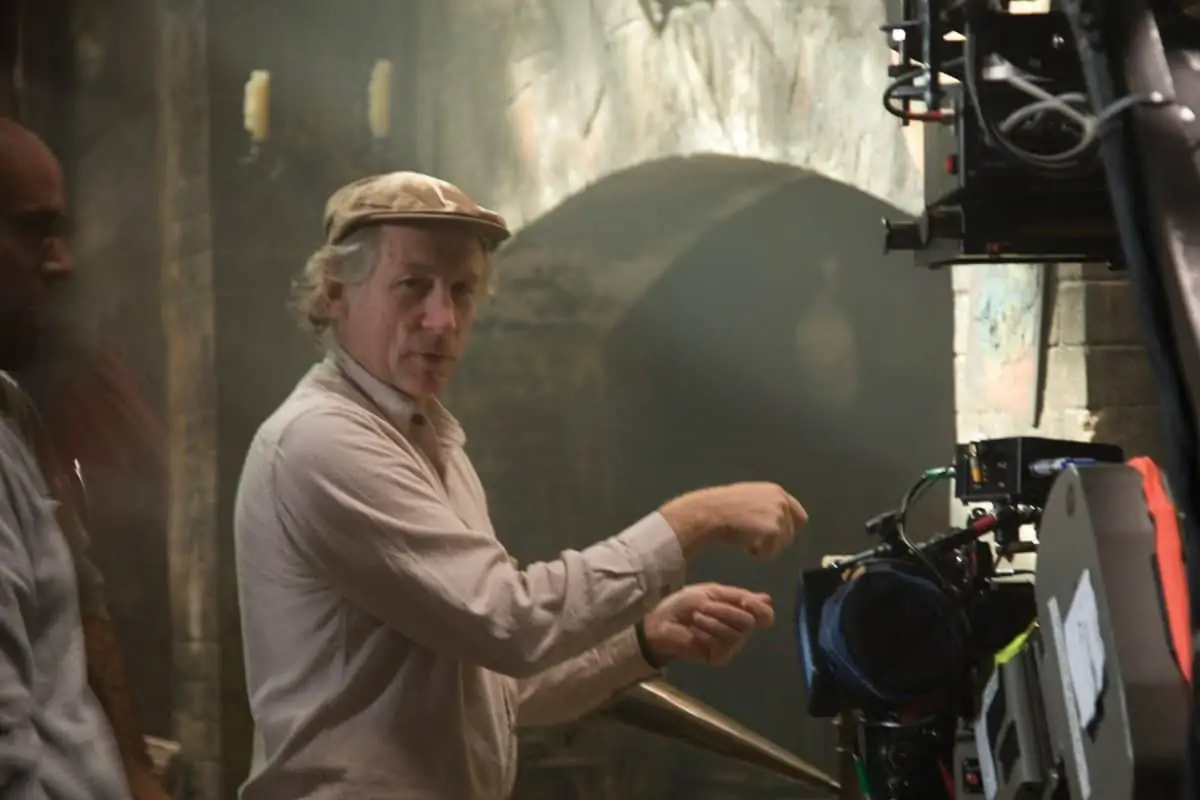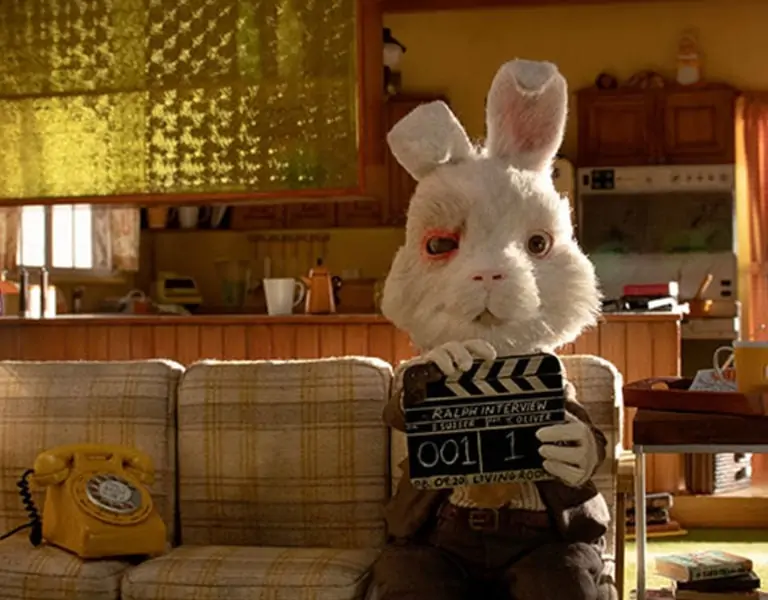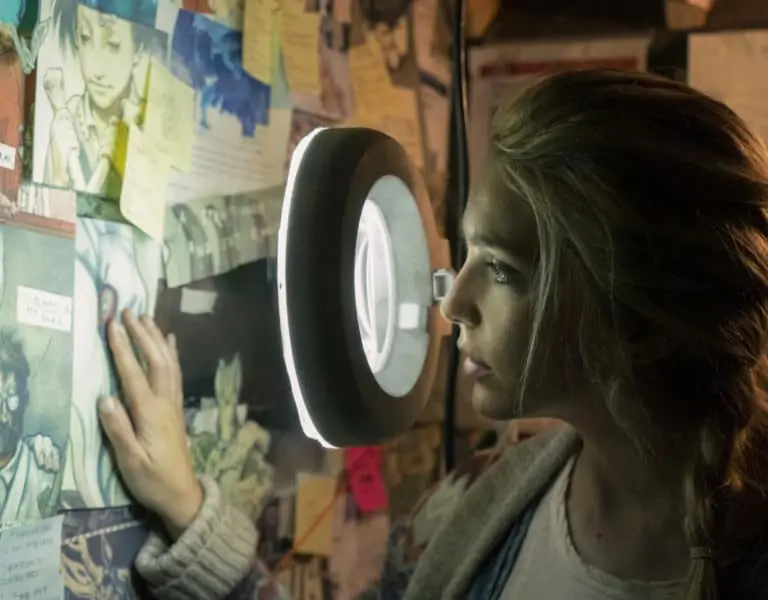Man's best friend
Tristan Oliver BSC / Isle Of Dogs
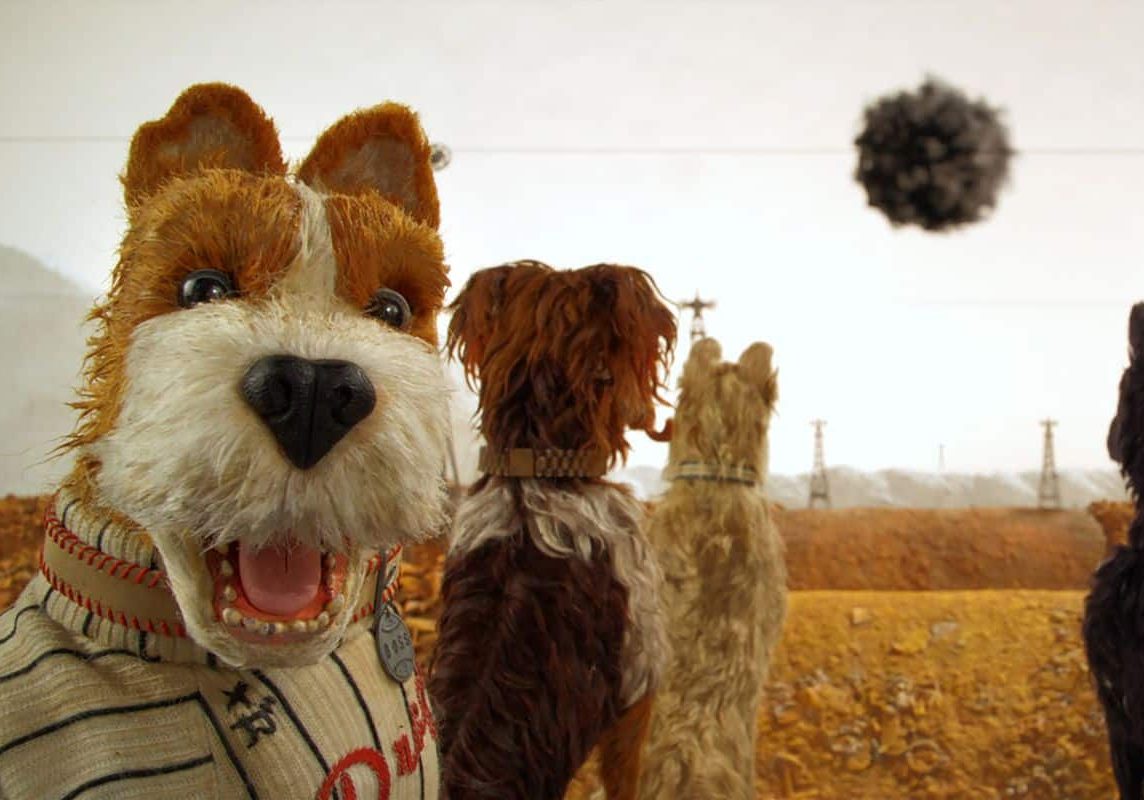
Man's best friend
Tristan Oliver BSC / Isle Of Dogs
BY: Ron Prince
"From a cinematographic point-of-view there's no difference between shooting stop-frame and live action," says Tristan Oliver BSC, the DP on Wes Anderson's stylish and highly-acclaimed animated feature Isle Of Dogs, distributed by 20th Century Fox Animation and available now on Blue-ray and DVD. "As the DP, you're there to service the director's vision for storytelling, and to make the results to look beautiful."
"However, the scale and the economies-of-scale between the two are quite different," he adds. "When shooting stop-frame you are the head of an empire of equipment and crew over an extended period of time - some two-and-a-half years in the case of Isle Of Dogs - and the day-by-day dedication needed to achieve visual consistency is consequently much harder."
Set in a dystopian near-future Japan, Isle Of Dogs follows a young boy searching for his beloved dog after the species is banished to Trash Island, a badland of noxious human detritus and industrial pollution, following an outbreak of canine flu. The film opened the 2018 Berlin Film Festival, where Anderson was awarded the prestigious Silver Bear for Best Director. It went on to garner no fewer than 38 nominations and 21 wins at film festivals worldwide, earning critical praise for its voguish looks and winsome stop-motion animation.
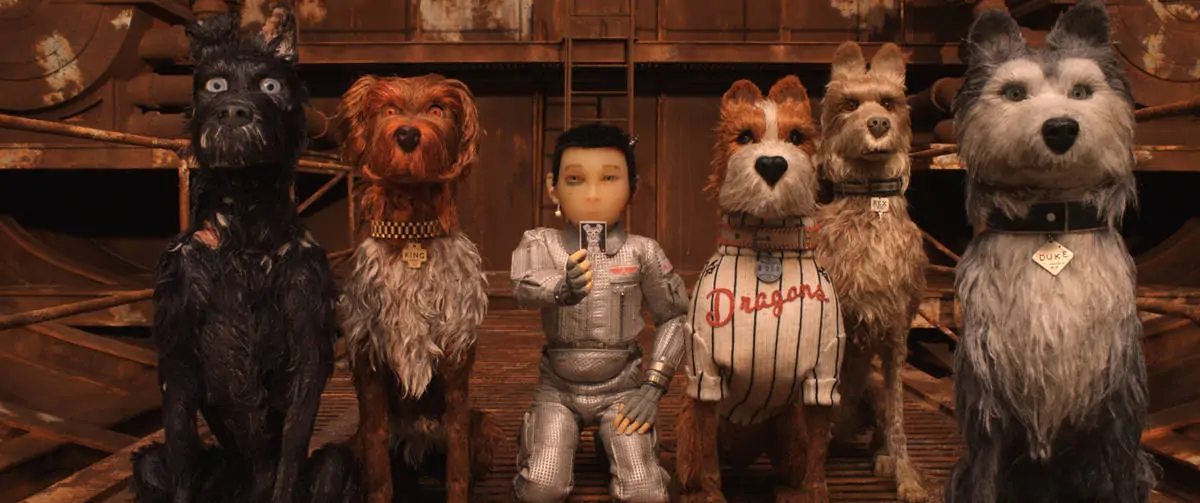
Oliver, who had previously shot the equally-lauded Fantastic Mr Fox (2009) for Anderson, and whose cinematography credits include Aardman Animation's Academy Award-winning films The Wrong Trousers (1993) and Curse Of The Were-Rabbit, received the script for Isle Of Dogs in June 2015, along with a ten-minute story reel that had been specially created by Anderson.
"The script was a compelling end-to-end read, and having just won a quartet of Oscars for The Grand Budapest Hotel (2014), Wes' star was in the ascendant. So I was pleased to accept the invitation to shoot for him once again," remarks Oliver.
"But you don't sign up to a Wes Anderson movie thinking you are going to make anything other than his vision. Wes has a prescribed and personal aesthetic that you don't wander from. So, rather than my normal process of putting together a reel of references, stills and clips, that a director might be interested in, it was very much the reverse of that. Wes gave me a huge number of references, mainly centring around Japanese movies of the 1940s, '50s and '60s, from filmmakers such as Kurosawa, together with some Studio Ghibli anime films. We must have considered 40 or 50 features and ended-up with a distillation of ideas that would emulate the quintessential feeling of Japanese movie-making."
Oliver commenced testing for Isle Of Dogs in October 2015, before production went into full swing at 3 Mills Studios in April 2016. Principal photography took place over the next 18 months, concluding in December 2017. The production occupied four large stages, plus a trio of other smaller studio spaces, along with offices for the 200-strong production crew, editorial, set, puppet and costume design/construction teams.
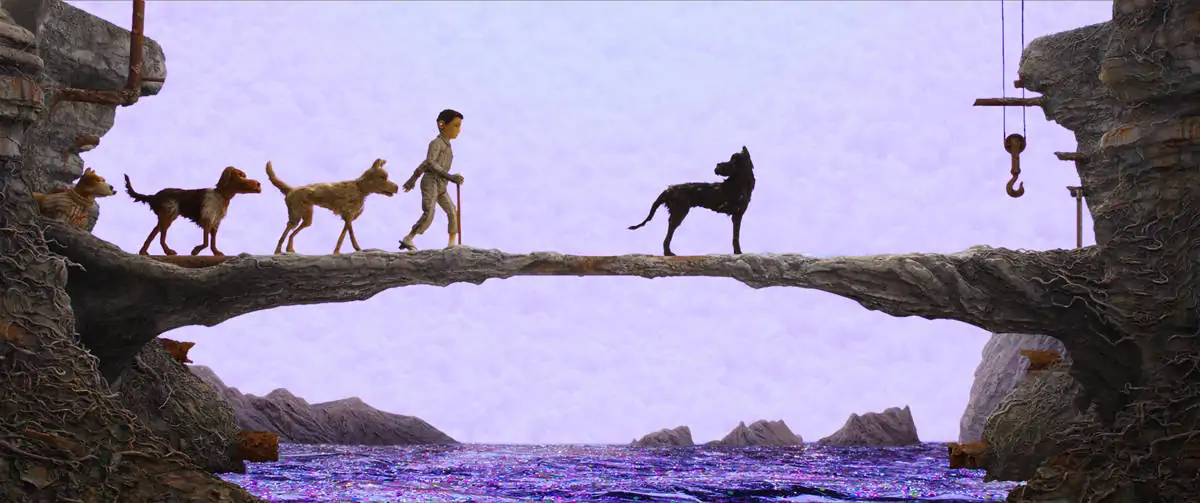
At any one time during peak production, Oliver had the task of overseeing more than 50 different 'shooting units' - individual sets, each with its own camera and rigs, lighting and prop set-ups, where the animation team meticulously articulated the puppets. Captured images were fed directly into DragonFrame stop-motion animation software, enabling the cinematographer, editors and VFX crew, to review progress within a matter of minutes.
"For stop-frame animated projects you necessarily have to tend towards using digital stills cameras that are capable of shooting RAW in super high-quality, as you cannot conceivably buy or rent 50 or 60 digital cinematography cameras for a two-year period," he says. "Because of the never-ending nature of technological change in the digital stills market, you have to draw a line in the sand, based on the technology that best meets a number of crucial parameters - such as picture-quality, the camera's ability to interface with the set-to-post image pipeline, and the overall robustness of the sensor. After all, you're asking those cameras to do something they were never designed for - the ability to stay 'On' and to 'Record' for 12 hours or more every day, for weeks and months on end."
After rigorously testing several DSLRs, Oliver settled on the Canon 1DX, shooting full-frame 5K CanonRAW, but with a widescreen 2.39:1 extraction. An inventory of 80 camera bodies was supplied by Fixation. "At any one time, we had 50 cameras shooting the different sets, with several others being used simultaneously for testing effects and animation. Studios are filthy places and there's a constant need to make sure the cameras and sensors are kept perfectly clean. So you have to have a critical mass of cameras to keep the show running efficiently."
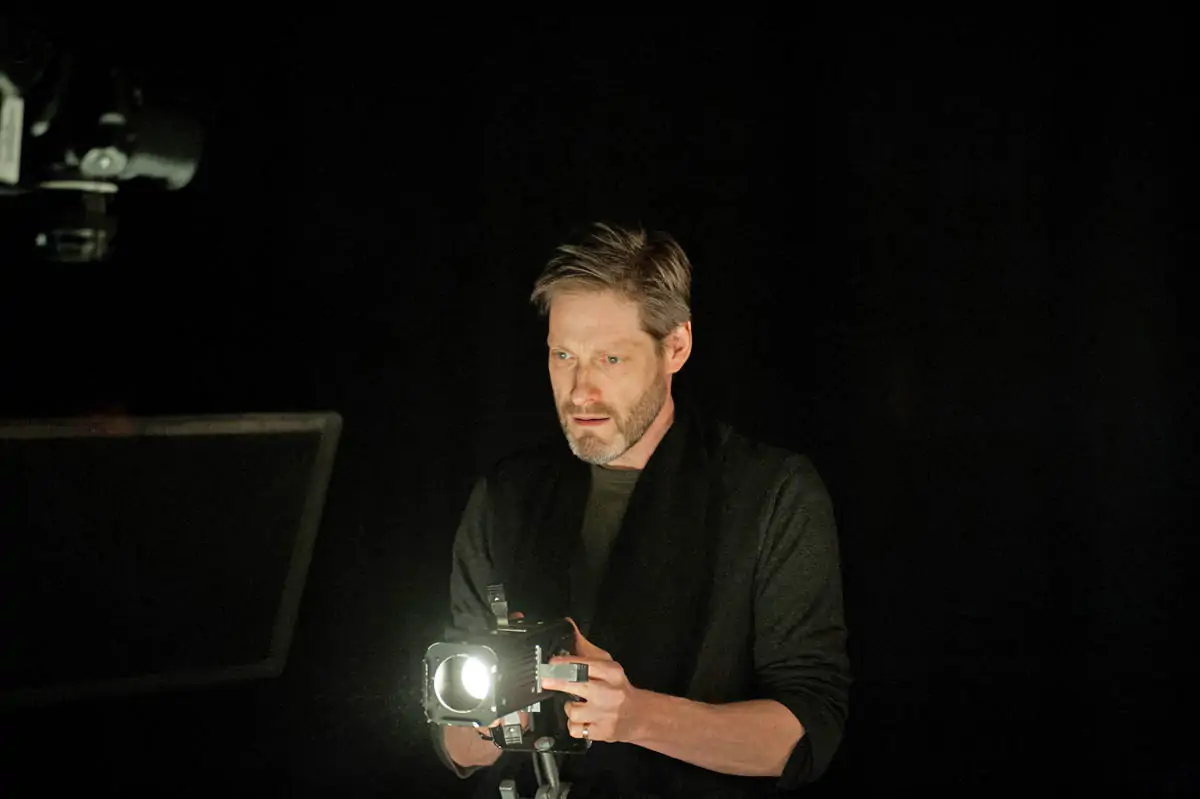
"It was fun to light the chemistry vessels, using softlights and practicals, although being just 14-inches wide by 12ft long the set was super-tight for a long tracking move we had planned. Using all sorts of ironmongery we pulled a camera rig through that set, being careful not to destroy it."
- Tristan Oliver BSC
As with the cameras, the same economies of scale applied to the lenses. "Wes is a fan of wides - 15mm, 20mm, 28mm, and nothing tighter than a 55mm - and the requirement was such that we needed 200 lenses for the shoot," Oliver explains. "Whilst it would have been wonderful to use something like Cooke Anamorphic glass, it was just not viable."
Consequently, for both practical and aesthetic reasons, Oliver elected to use a range of older, manual focus, Nikon lenses, purchased from Grays Of Westminster. When used with a Canon/Nikon mount converter, these provided full-frame coverage of the Canon 1DX sensor, as well as manual control over both the aperture and focus.
In terms of lighting, Oliver had to apply a similar, prudent financial rule-of-thumb, remarking, "it was cheaper to buy the lighting fixtures than to rent them."
To simultaneously cover 50 shooting units with fixtures capable of providing a variety of lighting effects and atmospheres, Oliver's lighting package included a wide array of LEDs, fresnels and incandscents from ARRI, Dedolight, Strand Lighting and Altman, a specialist in theatrical/architectural lighting, as well as a panoply of bespoke LED strip lighting and miniature practicals. The production gaffer was Toby Farrar, supported by no fewer than eight sparks in the lighting team.
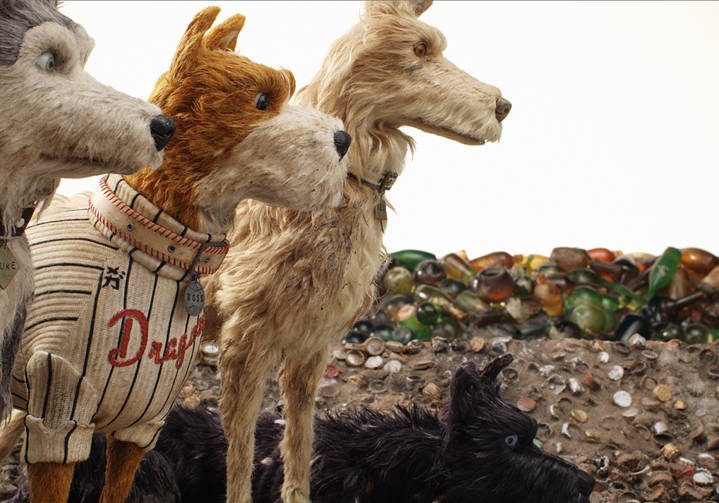
In terms of camera movement, Oliver says, "Wes' aesthetic for Isle Of Dogs was highly linear - side-to-side and up-and-down - so we didn't need anything too sophisticated as regards camera movement technology. I was grateful to be able to tap the skills of engineer, Julian Pentecost, who built a range of modular camera moving equipment, including tracker beds, risers and a pan/tilt heads, that would cover most of our needs. I was also thankful to be able to rely on the huge experience of Stuart Galloway, who headed-up our four-strong motion control team.
Asked whether he had any favourite scenes, Oliver says, "Although it's a short sequence, the tour through the animal testing plant was very complicated to shoot, but the result looks great. I also like the scene in the Saki Bar, where Tracy goes to meet Yoko-ono and discover more about the canine flu serum. It was fun to light the surrounding chemistry vessels, using softlights and practicals, although being just 14-inches wide by 12ft long the set was super-tight for a long tracking move we had planned. Using all sorts of ironmongery we pulled a camera rig through that set, being careful not to destroy it. Some of the panorama tracking shots were pretty complicated too, due to shooting many effects in-camera but also legislating for the addition of post production VFX."
"Overall, I am very pleased with the results," he concludes, "and if you happen to have access to a Blu-ray or other high-resolution version of the film, it does bear pausing at any one point to take in the exceptional quality of the set-dressing and finishing."
Oliver is currently in the early stages of development on an Alex Garland-scripted family film, and in pre-production on a European coproduction of the ballet Copellia, working with the Dutch National Ballet and shooting in Amsterdam in April.





